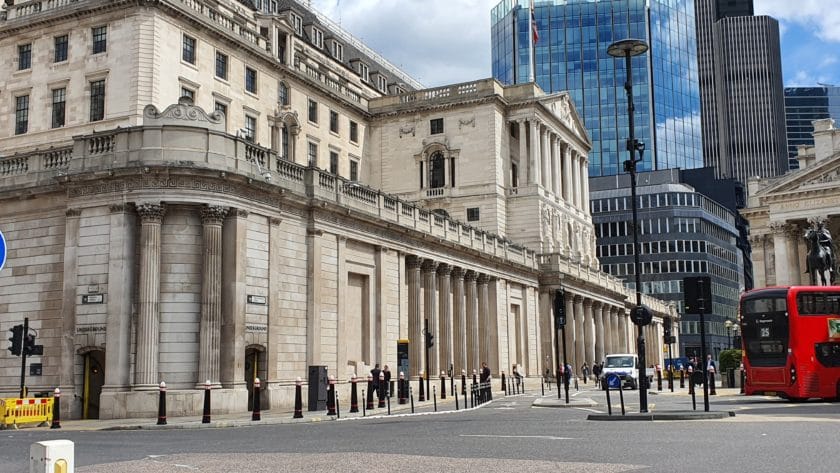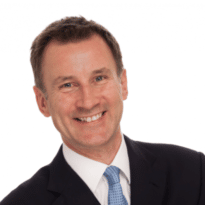Russell Silberston senior research analyst Ninety One discusses how the Bank of England is an international outlier in relying on models rather than data to anticipate inflation
Since the Bank of England’s foundation in 1694 to the end of 2021, UK Consumer Price Inflation has averaged 1.8%. Outside of war, the decade with the highest inflation was the 1970s, when CPI averaged 12.5%. The latest data point shows CPI inflation running at 11.1% year over year. For an institution whose website claims it will ‘keep price rises low and stable,’ the 328-year history is not comforting when inflation threatens to be close to that seen in the 1970s—and when most of that record was earned under a metallic standard of one kind or another. That same website states that ‘the Government asks us to keep inflation at 2%. That’s because low and stable inflation is good for the UK economy. We do this by setting the core interest rate at which we lend to the banks, and by buying (or selling) assets. This process is called monetary policy.’
Why then is the BoE not using monetary policy more aggressively to hold back the inflationary tide?
Of course, inflation is a global problem, sparked by demand and supply imbalances in the aftermath of Covid and energy price shocks following Russia’s invasion of Ukraine. Such shocks would, in time, wash through the economy as supply chains rewired and energy price stabilised, albeit at a higher level. This was the logic behind the idea of inflation being transitory and which monetary policy would struggle to address given the global nature of oil and gas prices and international supply chains. However, the longer prices stay high, the greater the chance that these initial shocks spread to domestically set prices and workers, understandably, seek higher earnings to offset the hit to their disposable income. Indeed, most of the recent rise in prices over the last 6 month has been driven by domestic pressures across economies, notably through demand for goods and services. Unlike energy prices, domestic price setting behaviour is something a central bank can influence, and the quicker action is taken, the sooner domestic price pressures subside as higher interest weakens demand. This explains why this year has seen aggressive interest rate hikes around the world.
The BoE was quite quick out of the monetary policy traps, first raising the bank rate this time last year with subsequent raises lifting it to 3%, the highest level since before the Global Financial Crisis. However, these actions are tardy when compared to others. The European Central Bank has hiked 2% in just five months and the Federal Reserve 3.75% in nine months. The BoE’s communication has also been in contrast with these other major central banks, instead of validating the markets expectations for how high interest rates are likely to go, the central bank has instead attempted to push back on market expectations, noting that although interest rates are likely to rise, they are likely to do so to a rate “lower than priced into financial markets.”
We believe the BoE’s relative caution in the face of high inflation lies in a reluctance to change their forecast driven process, which attempts to model the economy on a three-year horizon and then back out of an inflation forecast given financial conditions, fiscal policy and spare capacity. This contrasts with both the Federal Reserve and European Central Bank, who have hiked first and asked questions later. Their implicit understanding is that making economic forecasts in an uncertain environment is futile, particularly when coupled with the recognition that without price stability, there can be no lasting economic growth. By attempting to forecast the outlook ahead and tweaking rates accordingly, the BoE is not just an international outlier, but it is also taking risks with price stability which will be painful to correct if their models prove to be wrong.
If the UK ran a trade surplus, saved more than it spent or had not recently had its fiscal credibility questioned, then perhaps the BoE’s approach might be appropriate. But there are signs from industry that price setting behaviour is becoming untethering from the 2% inflation target, with the BoE’s own Decision Maker Panel showing an across-industry average expected growth rate of prices over the next year of 6.4%, a big jump from the 4% expected 12 months ago. Expectations three years out are also rising. Given the UK’s economic vulnerabilities, the BoE can’t afford to get this wrong.
George Orwell said, to see what is in front of one’s nose needs a constant struggle. Inflation is approaching levels last seen in the 1970s and domestic prices are at risk of becoming untethered. Yet, the BoE persists with its complex modelling approach and assumption that the signs of domestic inflationary pressure will self-correct as the economy weakens. Sometimes, it is best not to overcomplicate things. Other central banks have kept it simple by hiking rates fast and aggressively, knowing they can recalibrate once policy is suitably restrictive.
Let’s hope the Old Lady of Threadneedle Street’s efforts to model her way to price stability are correct.





























